How Can I Improve Running Mechanics?
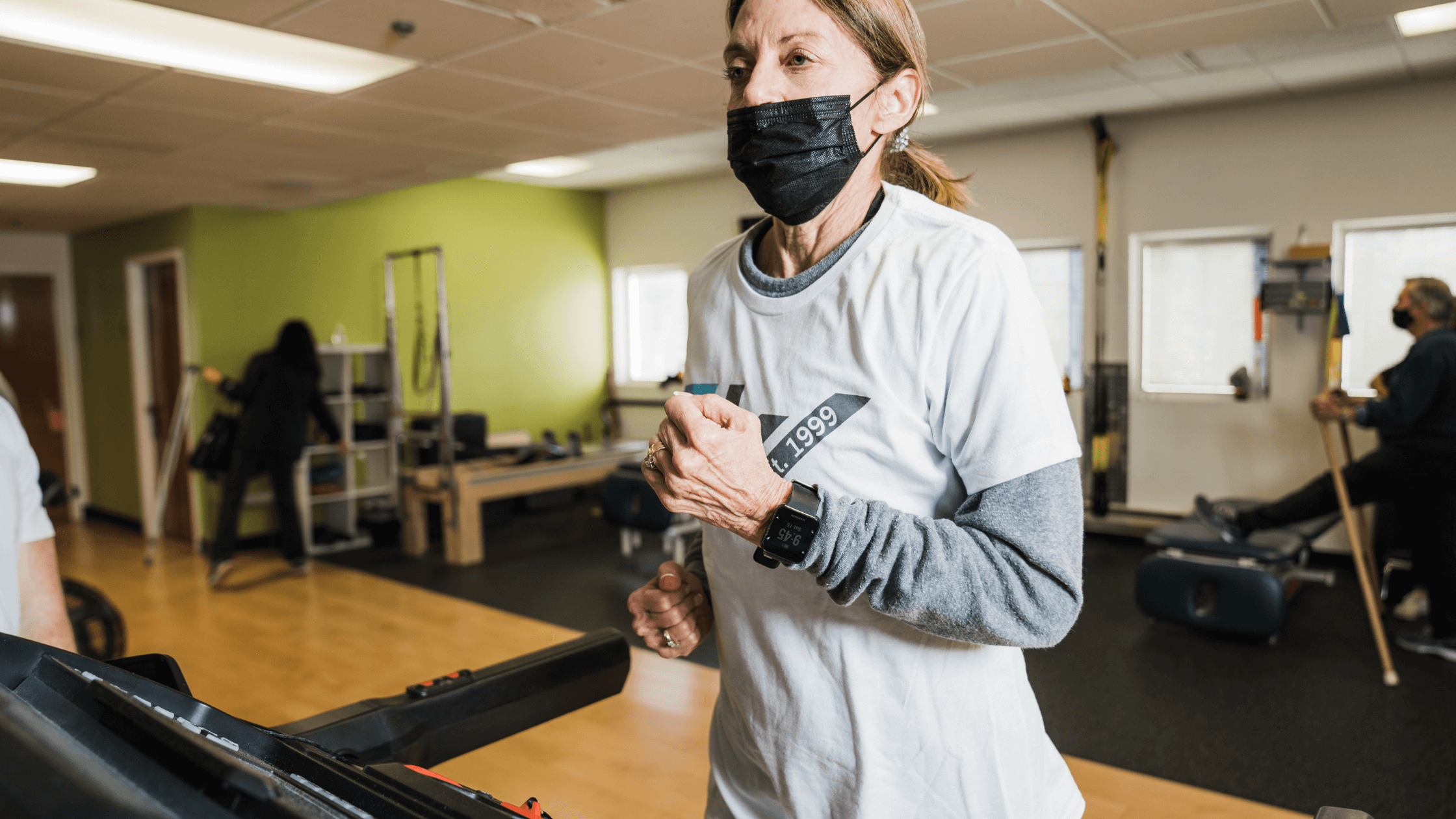
PT, MSPT, Founding Partner
In any sport, there is a drive for constant improvement. The most successful athletes are the ones whose drive for improvement never fades. There is a constant hunger to be faster and prevent injury for runners, especially. But when you want to adjust your training to promote better running mechanics, where should you start? What should you focus on?
Our Run team at EW Motion Therapy sees runners every day, and based on our 20+ years of experience as physical therapists, we have compiled a list of three areas of joint muscle function that runners should focus on as they train. While these three keys can greatly improve running performance, they may also be helpful for everyday life.
This article will discuss three fundamental functions runners should primarily focus on during their training and some practical suggestions on how to incorporate some exercises into your routine. With this information, you can pursue your goals, knowing that your body will perform at an optimal level.
What are the big 3?
Before we get into the functions, let’s recall Newton’s third law of motion: every action has an equal, opposite reaction. The same is true in our bodies. The big three movements we will discuss each have a component of strength and flexibility that constantly compete. In order to improve the big three functions, you must simultaneously strengthen the muscles that move the joint, and lengthen the muscles that limit that movement. As an example, if you can't bend your elbow, you will not be able to strengthen your bicep.
Let’s identify what the big three functions are, what they look like in your body, how they help you run, and some exercises you can do to improve them. It is always a good idea to seek professional help to get some exercises to promote your specific goals, and do not do any of the exercises we suggest without confirming with your doctor that it is safe for you to do so.
Dorsiflexion
Dorsiflexion is the movement your foot and ankle makes as you bring your toes toward your shin while running. During running, optimal dorsiflexion ranges from 25-30 degrees. Dorsiflexion is dependent on the muscles that lift your toes and foot, called dorsiflexors, the largest of these being the anterior tibialis. The opposing calf muscles, called plantar flexors, lift our heels as we press our toes into the ground. The plantar flexors are dominant, and when they get short and tight, they can limit dorsiflexion. Without enough dorsiflexion at the ankle, you may start to have problems in both your knees and your hips.
To get healthy dorsiflexion we usually have to stretch our plantar flexors and build strength in the dorsiflexors. You can do this by repeatedly lifting your toes up while standing. This exercise will strengthen and lengthen at the same time. Try these exercises to strengthen your dorsiflexors.
Toe Raise: Begin in a standing position with your hands resting on a chair or table for support. Keeping your legs straight, slowly raise the balls of your feet off the ground as far as you can, then return them to the floor and repeat. Make sure to keep your heels in contact with the ground and maintain your balance during the exercise.
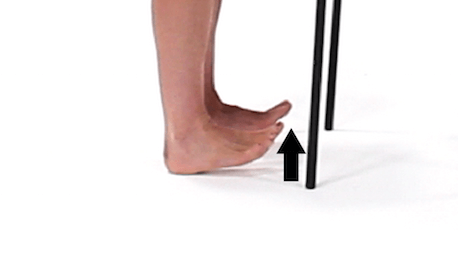
Plantar Flexor Stretch: Begin in a standing upright position in front of a wall. Place your hands on the wall and extend one leg backward with your knee bent. Lean forward into the wall, until you feel a stretch in your lower calf and hold. Make sure to keep your heels on the ground and the back knee bent during the stretch.
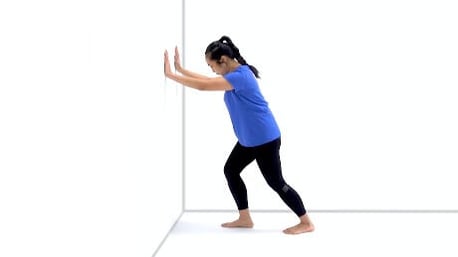
Hip extension
The movements made by your hip joint as your glutes and hamstrings contract are collectively known as hip extension. You extend your hip to push yourself forward while running. When hip extension is efficient, it may look as if the runner is kicking backwards. As the right hip extends, the left hip flexes and lifts the left foot in front of the runner. The distance between your thighs at this point is called the stride angle, which is critical to the runner’s speed. If hip extension is limited, then the entire process of trying to be faster and more efficient is limited.
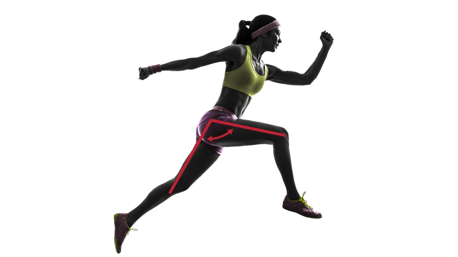
To improve hip extension, we must create flexibility in the muscles that would create resistance to hip extension, which are the hip flexors. Many times these muscles are shortened by our cultural propensity to sit a lot. If they are short and tight, they have to be stretched regularly to allow for healthy hip extension. We must then create strength in the muscles that directly extend the hip, which are the glutes and hamstrings. Here are some exercises you can try to improve your hip extension.
Hip Flexor Stretch: Begin in a half kneeling position with one knee bent in front of your body. Tighten your abdominals, tilt your pelvis backward, and gently push your hips forward. You should feel a stretch in the front of the hip with the knee on the ground. Make sure to keep your hips facing forward and your back straight during the exercise.
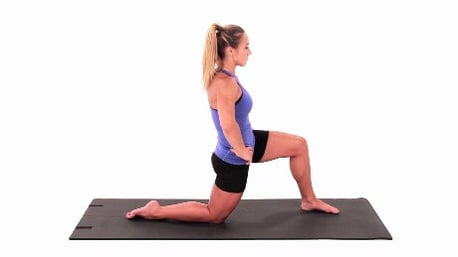
Bridge: Begin lying on your back with your arms resting at your sides, your legs bent at the knees and your feet flat on the ground. Tighten your abdominals and slowly lift your hips off the floor into a bridge position, keeping your back straight. Make sure to keep your trunk stiff throughout the exercise and your arms flat on the floor.
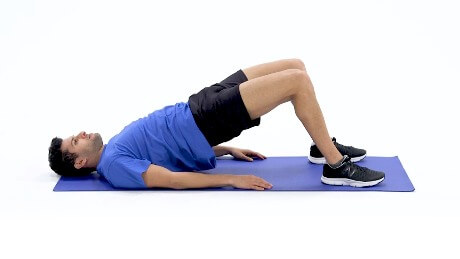
Core stabilization
Core stabilization is essential to running - a strong core helps you maintain proper form. There are many muscles that stabilize our core and many ways to strengthen them. One of the primary goals of core stability is to hold our pelvis in a neutral position. A pelvic neutral position creates a healthy angle for our hips and lumbar spine to function properly. Running without a stable core is like firing a cannon out of a canoe. It doesn't matter how strong everything else is - if the core is weak, then the system as a whole will likely fall apart.
Most exercises engage the core, including planks, situps, and deadlifting, but you could also try a Pilates or yoga class for more specialized activities. Pilates can be especially helpful, as one of its primary purposes is to create core stability that will translate to the rest of your body. Here are some exercises you can try to strengthen your core.
Plank: Begin lying on your front or prone position, propped up on your elbows. Engage your abdominal muscles and lift your hips and legs up into a plank position, keeping your elbows directly under your shoulders. Hold this position in intervals your body can tolerate, around 15 seconds at first. Make sure to keep your back straight and maintain a gentle chin tuck during the exercise.
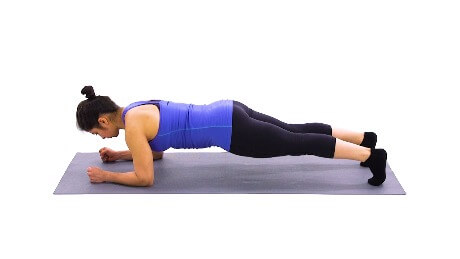
Side Plank: Begin lying on your side with your feet stacked, resting on your elbow. Lift your hips off the floor so your body is in a straight line and your hips and shoulders are facing forward. Hold this position in intervals your body can tolerate. Make sure to keep your head in line with your trunk, do not let your hips drop toward the floor, and do not roll forward or backward during the exercise.
![Sideplank[26]](https://www.ewmotiontherapy.com/hs-fs/hubfs/Sideplank%5B26%5D.jpg?width=460&name=Sideplank%5B26%5D.jpg)
Can physical therapy help me?
Now you know more about the big three running joint muscle functions and some practical steps to improve running mechanics. When you can continually ensure efficiency by addressing these movements, you can work toward your running goals in a way that is more healthy for your body. If you would like more guidance on this, a physical therapist or any other professional movement expert could provide advice related to how you can move better and run better as a result.
At EW Motion Therapy, our Run team is dedicated to helping clients achieve their goals without overtraining and with extensive knowledge of how their bodies move when they run. If you are interested in our Run program, fill out the Request an Appointment form on our website, and someone from our staff will contact you within 48 hours with your next steps.

